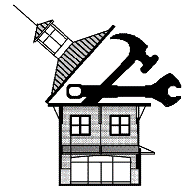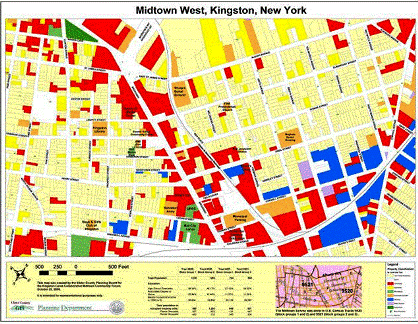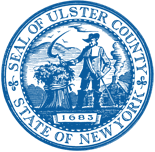
Ulster County Main Streets (UCMS) was initiated by UCPB in 2007 supported by the New York State Department of State Quality Communities program. UCMS provides technical assistance to communities to ensure the vitality of our Main Streets as part of the County’s overall economic development and quality of life strategy. The planning staff continues to work with many stakeholders in communities throughout the county beginning the process of planning, funding, and implementing improvements on Main Streets. Partnering with the Rural Ulster Preservation Company (RUPCO) and the Ulster County Development Corporation, Main Street funding is being leveraged with other investments in our communities including transportation, housing, and infrastructure improvements.
 The Main Street Strategic Toolbox
The Main Street Strategic Toolbox
We created a “Strategic Toolbox” based on the specific needs of our region and goals of our communities. The Toolbox includes resources to help your community create a strong, sustainable strategy for Main Street revitalization. Let us help you identify your community’s unique assets and leverage them to your competitive advantage.
View Complete Route 28 Corridor Main Street Program Recommendations for Phoenicia, Pine Hill, and Shokan.
Announcements
Main Street Case Studies/Final Report
are now available for Phoenicia, Pine Hill, and Shokan.

How We Work With Communities
We start by identifying your existing assets, help you develop strategies to leverage your “competitive advantage,” provide support for you to take action, and help you target specific sites with opportunities.
The steps we support with our Toolbox:
- Asset Based Planning
An analysis of opportunities for Main Street revitalization includes identification of community assets ranging from buildings and sites to recreational and historic sites to the available talent in the community’s workforce. - Community-Led Initiatives
Long-term community stakeholder involvement is necessary. It includes the initial understanding of assets and the establishment of a shared vision as well as the commitment for implementation. - Land Use and Design Analysis
Providing communities with model legislation and planning tools—such as design guidelines, shared parking techniques and overlay districts—can help them lay the groundwork to support context-sensitive planning and development. - Market and Economic Analysis
Making informed decisions for Main Street is necessary in a world where small businesses are competing with big boxes and corporations. - Targeted Development Initiatives
Using strategic tools such as those listed above can help communities make development decisions that will support long-term vitality. See Case Studies for examples of this approach.
For more, see: Introducing the Main Street Strategic Toolbox orvisit the Main Street Toolbox.
Creating Vibrant Main Streets
Components of successful strategies include:
Creating a Destination Magnet:
Land uses can work together can support an area’s “competitive advantage.”
Identifying the Right Retail Mix:Concentrating and balancing uses can create a “critical mass” of activities.
Supporting a Healthy Residential Mix:
Broader ranges of housing types increase the vitality of Main Streets.
Using Incentives and Incubators:
Incentives can encourage a variety of creative and small businesses to grow.
Creating an Attractive Setting:
Design, scale and quality of buildings and streetscapes are key features of successful commercial districts.
Building Placement and Features:
Building orientation has a significant impact on how people use the street.
Street Design and “Wayfinding”:
Pedestrian orientation, shared parking, traffic management, and coordinated signage are necessary to maximize foot traffic.
Connections to Surrounding Areas:
Providing opportunities and better access for people to utilize the recreational, commercial, transportation, civic and residential uses is critical to the success of commercial districts.
Visit the Toolbox to find out more.



